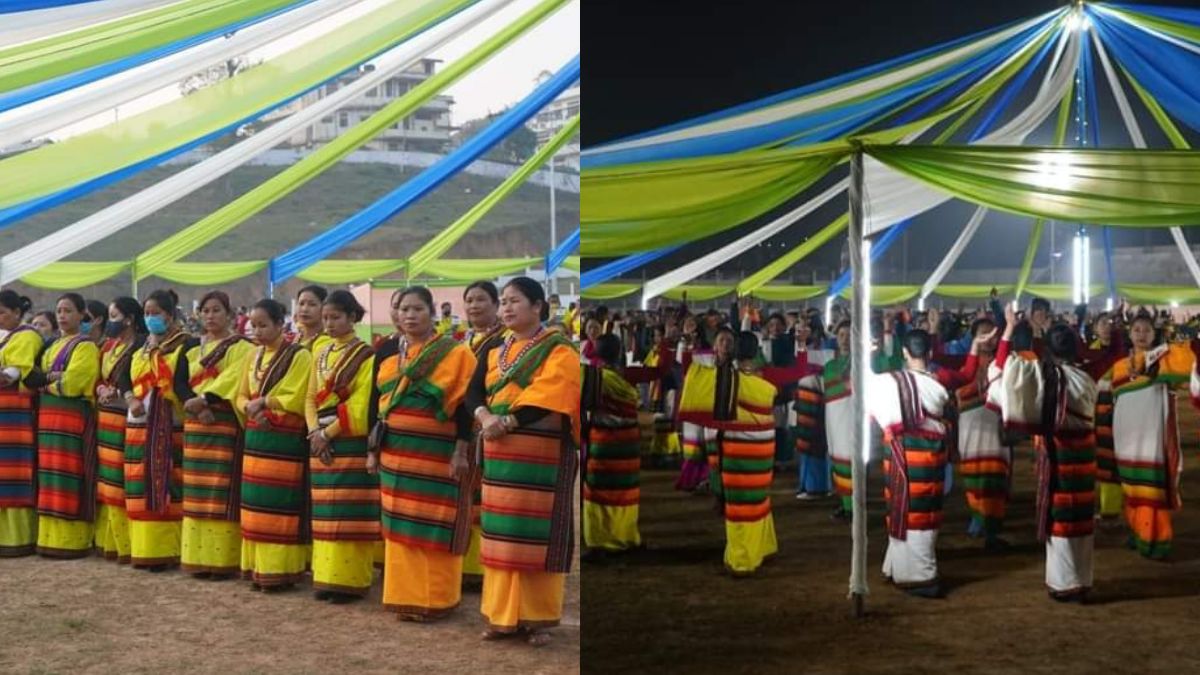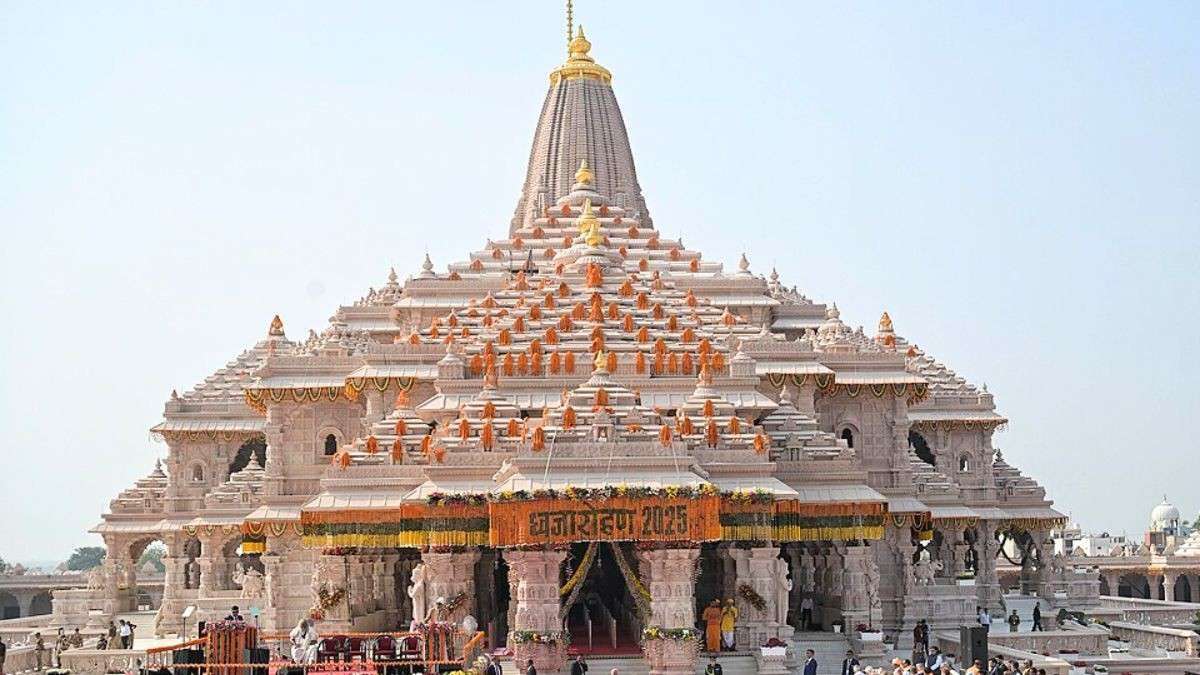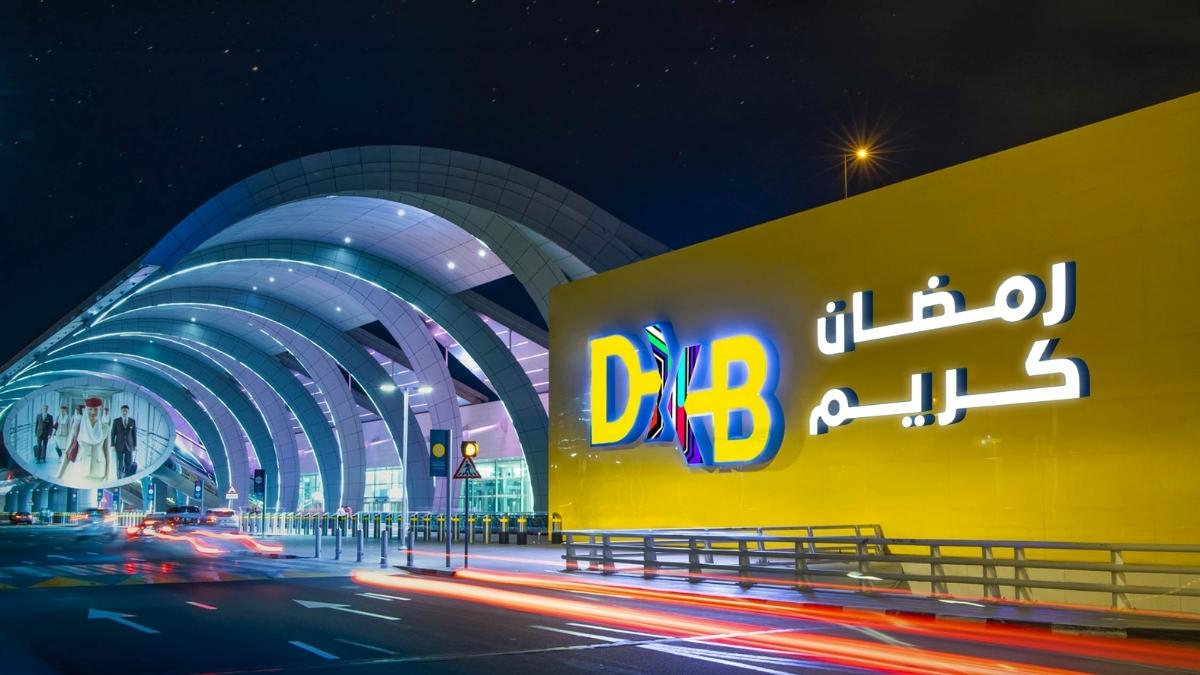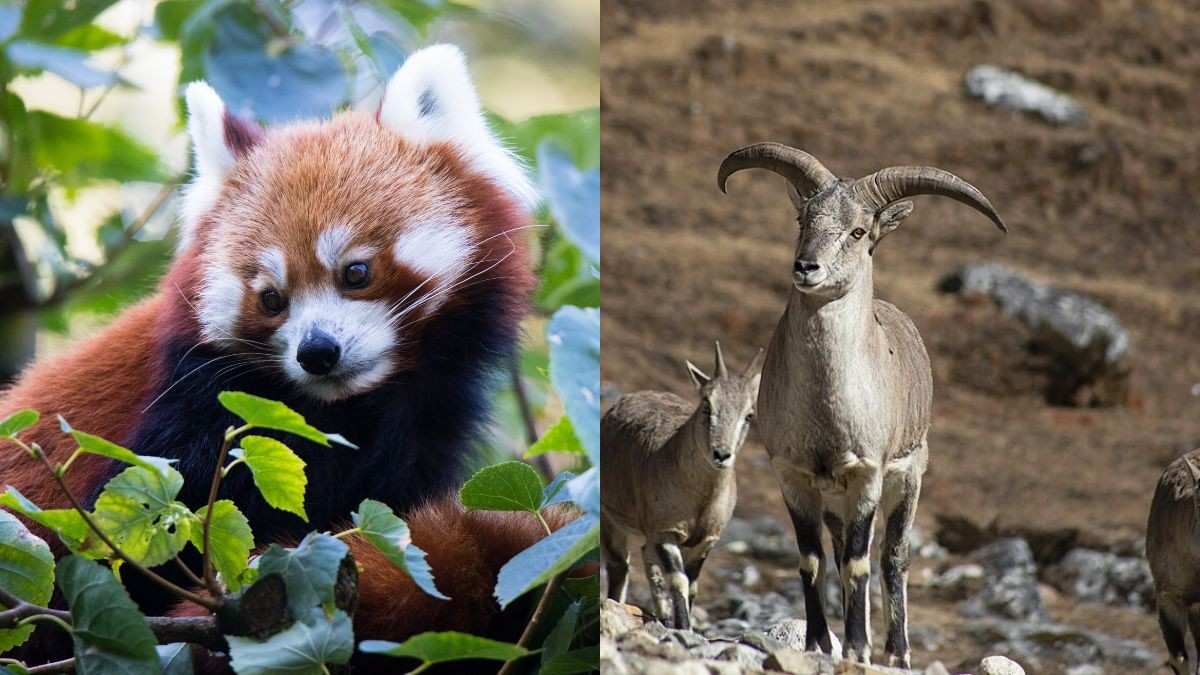As the rhythms of Bihu echo through the fields and villages of Assam, Dima Hasao district’s Bishu Dima (also known as Busu Dima) is the largest local festival. It is a post-harvest festival that is celebrated in all of the hill district’s towns and villages. This festival is an integral part of the society and culture of the Dimasa tribe.
What Constitutes The Festival?
Dimasa women performing a 'Baidima' dance during 'Busu Dima' festive…received via #WhatsApp #IncredibleNortheast pic.twitter.com/XwnqsS0gYa
— Phirmi Bodo (@Phirmi_Bodo) February 2, 2015
Bishu Dima is not just a celebration of the harvest; it is a celebration of the life and culture of the tribe. The term “Dima” refers to the Dimasa tribe, and “Busu/Bishu” refers to Bihu. The celebration is an important part of the Dimasas’ way of life and culture. In addition, an effort is being made to maintain the Dimasa tribe’s traditional diet and culture. It is celebrated when all of the jhum cultivation work is completed. Bishu Dima provides a much-needed break from the arduous work in the fields. The Dimasa Kachari tribe resides in Assam’s Dima Hasao, Karbi Anglong, Nowgong, and Cachar districts. A small number of Dimasa people have also settled in Nagaland.
Three festivals are held in honour of Busu: Jidab, Surem, and Hangseu. The most fundamental kind of Busu is Jidab. Surem is a three-day celebration of the holidays. Indeed, Surem Busu is celebrated often, but because of the enormous financial and labour demands, Hangsaoinanaoba is only observed infrequently.
Many Dimasa people participate in song and dance to celebrate this pleasant event. Everyone of all ages participates in the “Baidima” dance form, which is based on instrumental music. This includes young boys and girls as well as elderly people dressed traditionally. The muri (fife) beats in time with the khram (drum). The entire evening is spent dancing and celebrating.
Also read: Built In 1744 AD, This Amphitheatre In Assam Is Asia’s Oldest!
How Is Busu Dima Celebrated?
Ani gede niprang nisi krip ne bo hamjaoma khasaoma kajama Busu Dima, 2022 yawpaladu.
बुसु डिमा फोरबोनि गासैनोबो गाहाम हामब्लायनाय बाउहरबाय।
সকলোলৈ বুছু ডিমা উৎসৱৰ ওলগ জনালোঁ।
Wishing you all a very Happy Busu Dima 2022.#BusuDima#DimaHasao pic.twitter.com/HJgnUPGeLV— Biswajit Daimary (@BiswajitDaimar5) January 27, 2022
During Busu, people consume Judima (rice beer), chicken, fish, and other foods. Consequently, the festival represents the harmony and cohabitation of the Dimasas people, celebrated in January every year.
Depending on the amount of planning and the number of days dedicated to the celebration, there are several methods to mark the event. The duration of the festivities also differs from town to village; some could span up to seven days, while others only last three. Three days are referred to as Busu Jidap, five days as Surem, and seven days as Hangseu Busu—a celebration lasting seven days.
Their way of life is intertwined with weaving, food, and agriculture. This is reflected in the festival. Religious ceremonies are observed, folk music and dance performances are organised, and a feast is prepared. This winter harvest event is heavily focused on food. They dress in traditional handwoven attire and give handwoven cloth as gifts to family and friends. Traditional folk instruments such as the khram (drum) and the moori (traditional trumpet) are used to accompany the singing and dancing. The Dimasa Kachari tribe’s traditional folk dance is called Baidima. As part of the harvest celebration, people from surrounding Cachar, Karbi Anglong, Nogaon, and Dimapur—regions ruled by the Dimasa—gather to take part in the traditional dance.
The festival’s roots in agriculture highlight the deep connection between the people and the land. Have you attended this festival yet?
Cover image credits: Website/Ministry Of Tourism
For more such snackable content, interesting discoveries and the latest updates on food, travel and experiences in your city, download the Curly Tales App. Download HERE.
Good news! We are on WhatsApp! Subscribe to Curly Tales WhatsApp Channel to stay up-to-date with exclusive content and BTS. Join HERE.
First Published: January 05, 2024 2:26 PM



